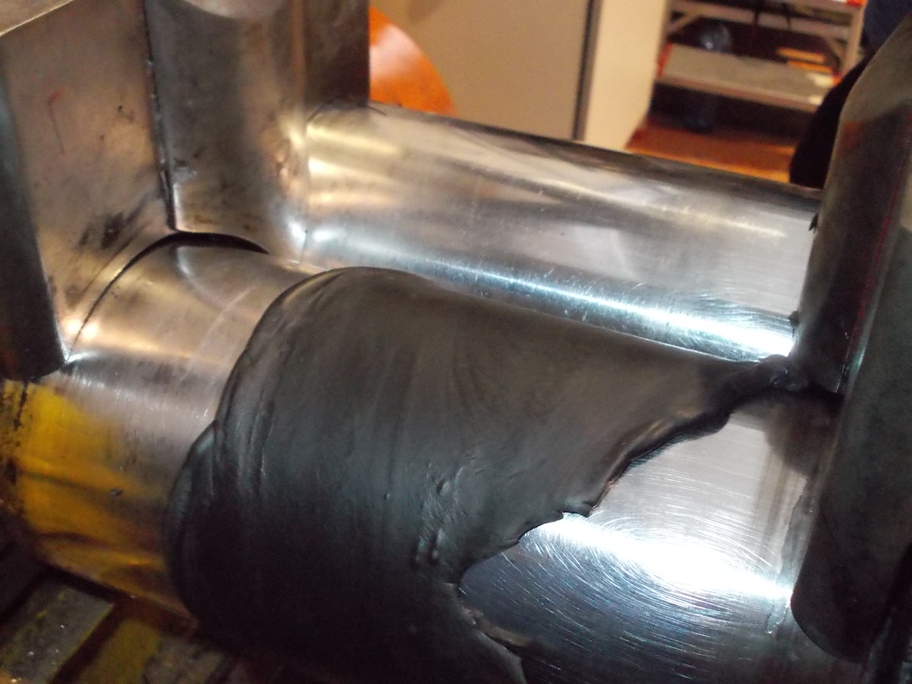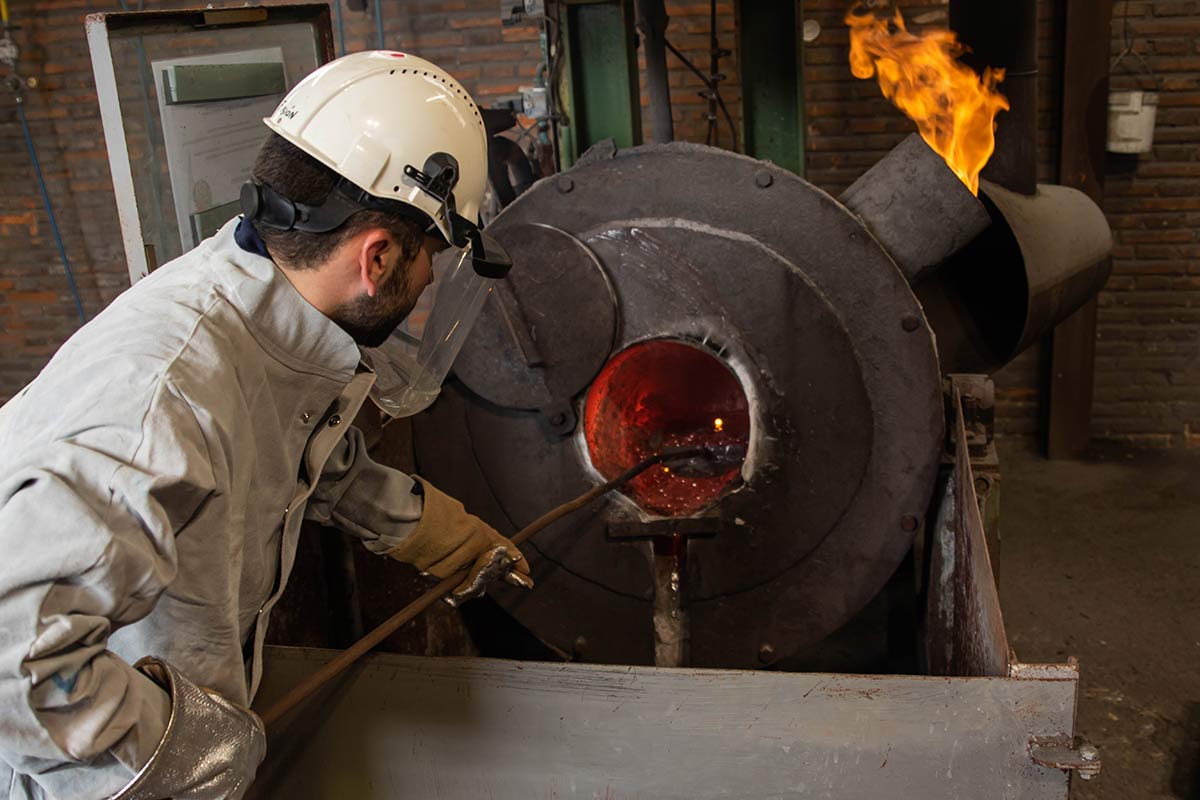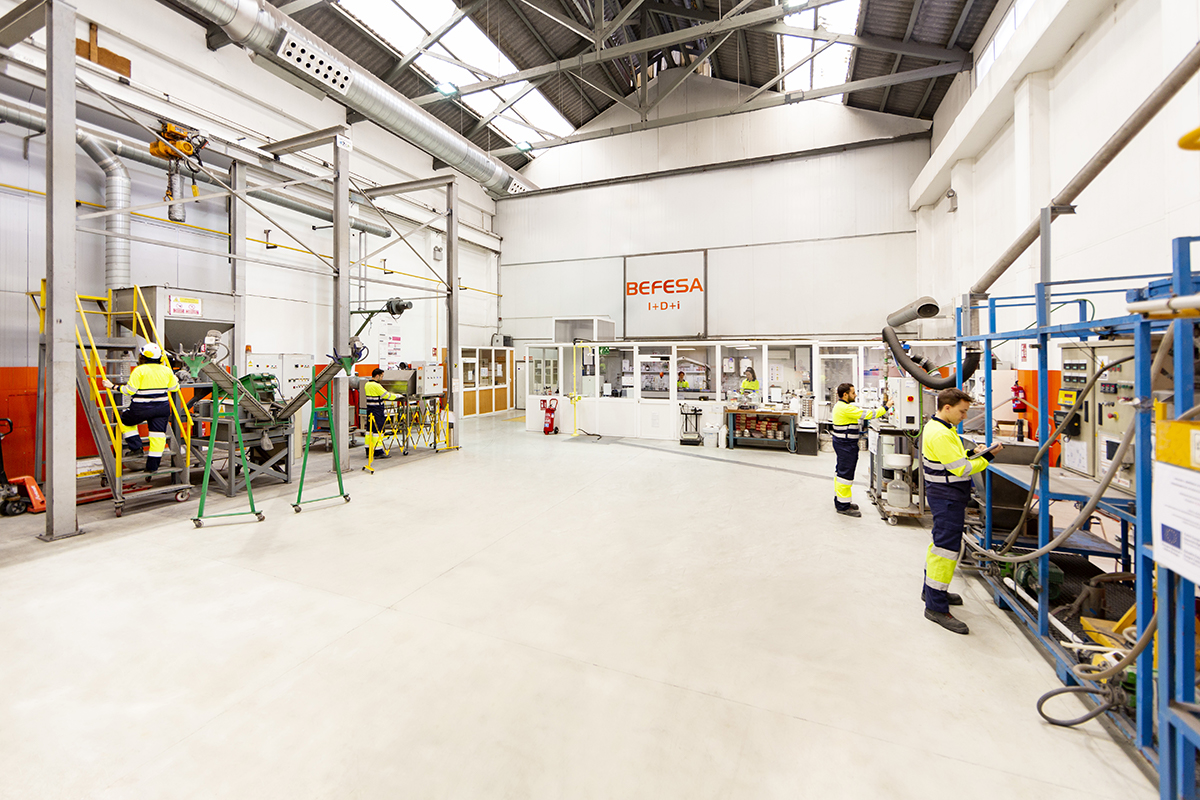SILIVAL
PRODUCTION AND USE OF SECONDARY ALUMINIUM OXIDES FOR RUBBER FORMULATIONS
BEFESA, a leading company in aluminium recycling, has been developing a line of research for several years to implement an alternative raw material to the flame retardant additives used in the manufacture of plastic composite materials and rubbers. This material, commercially known as Paval®, is essentially a recycled aluminium oxide from the recovery of salt slag. Secondary aluminium oxide would constitute an alternative to primary Tri-Hydrated Aluminium (ATH), used as a flame retardant, of which the European manufacturing industry consumes more than 170,000 tonnes a year. Previous projects concluded with the challenge of optimising the amount of hydrated alumina in the oxide by studying the different variables that can affect its formation without altering the aluminium recycling process. The recycled origin of Paval® can hinder a constant supply of material, which is a constraint that prevents the immediate introduction of the product on the market.
BEFESA is leading the SILIVAL project, on which it has worked with the LEARTIKER Technology Centre.

DRIVING FACTOR



 OBJECTIVES
OBJECTIVES
- Demonstrate the ultimate technical and economical feasibility of Paval® as a raw material for new flame retardant polymeric fillers in silicone rubber formulations, focusing mainly on the electrical and electronic sectors.
- Study and enhance the formation of hydrated aluminium oxides versus other species in the oxide.
- Meet the requirements established for the formulation: without jeopardising the mechanical properties of the silicones
 RESULTS
RESULTS
- Obtain silicone rubber by replacing 40% of the commercial aluminium oxide product with the recycled alternative developed by SILIVAL
- Savings of 4,250 tonnes of raw materials (ATH), and the emission of 4,040 tonnes of CO2 equivalent.
- Controlled study and optimisation of the formation of hydrated oxides within Paval® to enhance its ability to act as a flame retardant.
- Control of the entire process of obtaining secondary aluminium oxide: melting process, cooling and subsequent recovery of the salt slag via a wet process. The influence of the different variables in crystallographic phase formation was analysed: hydrated aluminium oxide versus corundum-type oxide formation, achieving a secondary aluminium oxide with a high hydrate content, which favours the flame retardant effect.
- Addition of the hydrate-rich Paval® from the previous stages as a flame retardant additive in the silicone rubber formulations developed in previous projects by LEARTIKER, and determination of the mechanical, rheological and flame retardant properties of the different mixtures prepared.
 CONCLUSIONS
CONCLUSIONS
- It is important to note that the tests were carried out at the BEFESA ALUMINIO R&D&I test centre, which has equipment that enables the entire process of obtaining secondary aluminium oxide to be carried out.
- SILIVAL concluded that the developed Paval®-based filler does not constitute an alternative for the full substitution of ATH consumption in this sector, but it can be presented as a partial solution, reducing the consumption of materials of natural origin, adding value to products of recycled origin and reducing the cost of formulations.
ENVIRONMENTAL
TECHNICAL
ECONOMIC
COMMERCIAL
ON THE MARKET



